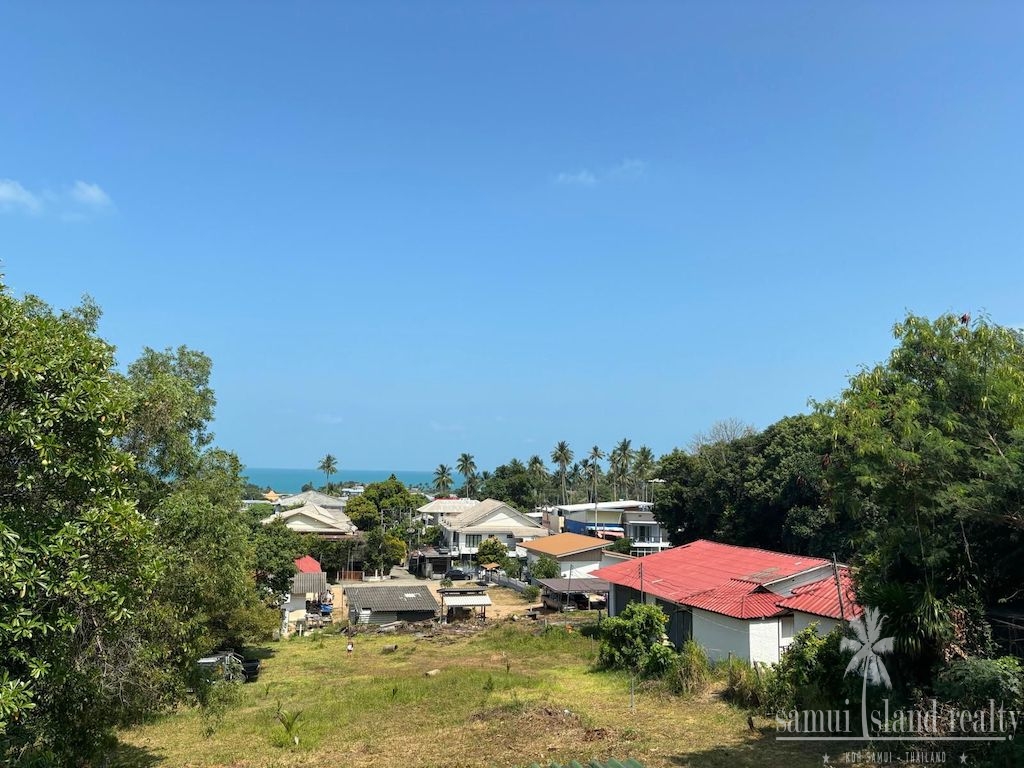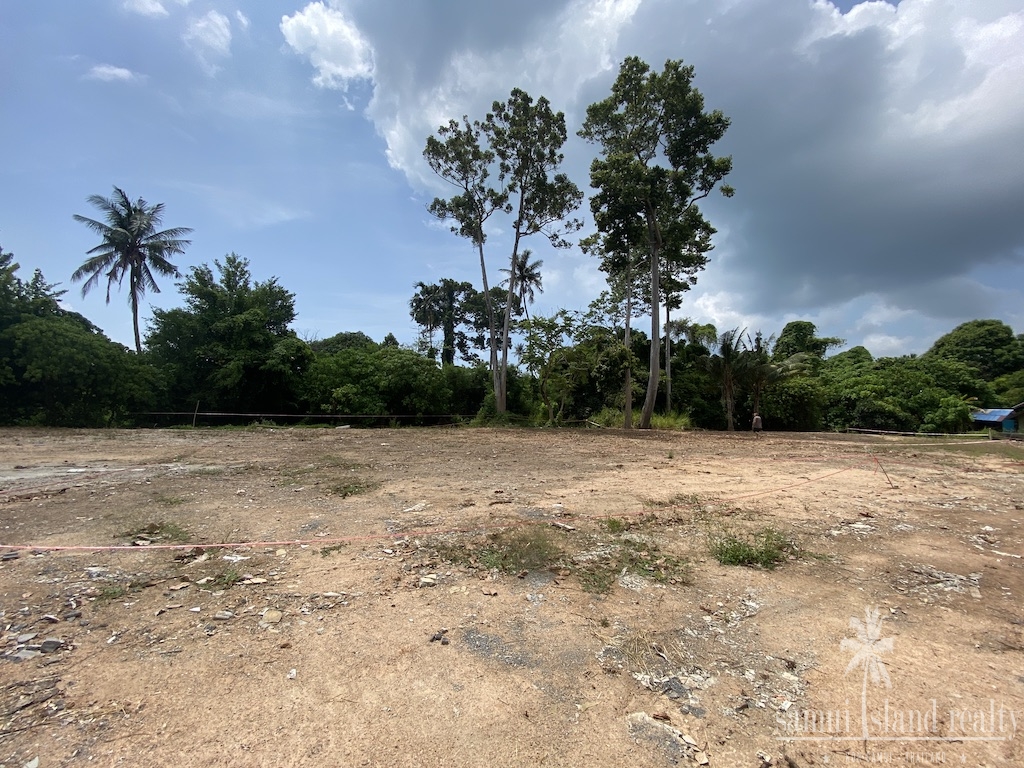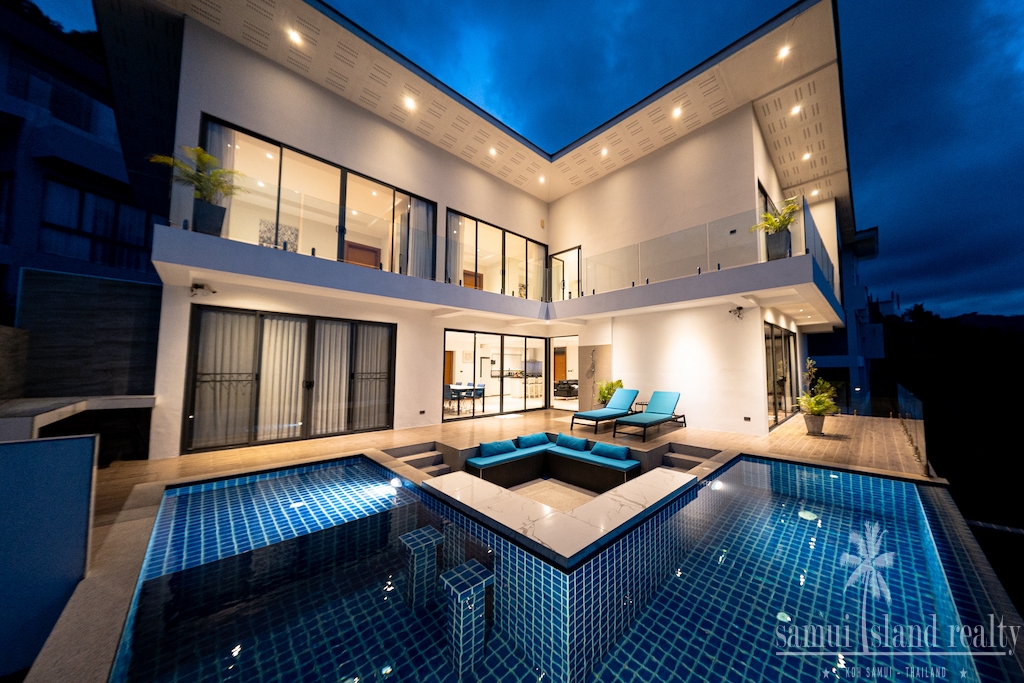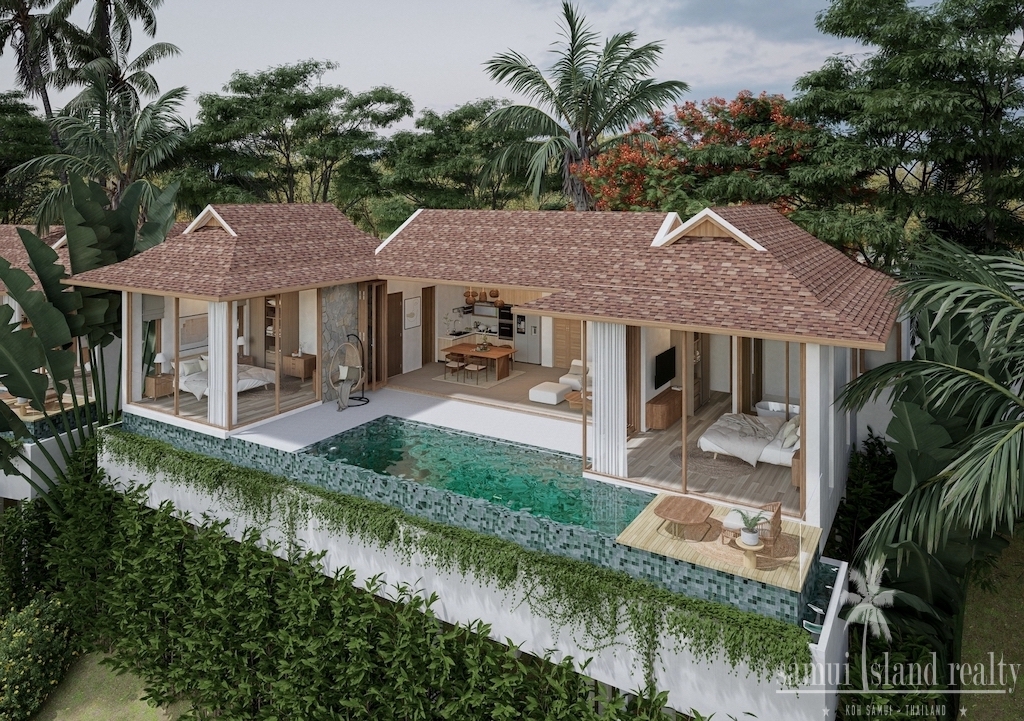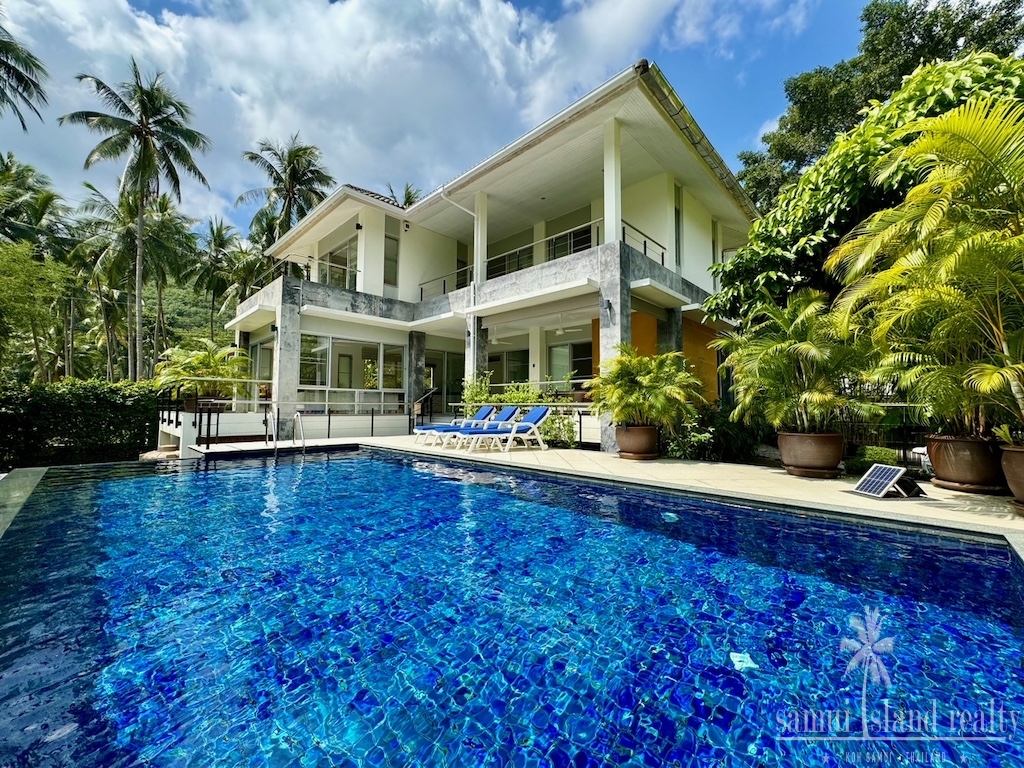Koh Samui Building Regulations
Koh Samui Building Regulations explained – If you’ve ever dreamed of owning or building a property in the stunning island of Koh Samui, it’s important to familiarize yourself with the local building / construction regulations and zoning rules. These regulations play a crucial role in determining where and what you can build on Ko Samui. In this comprehensive guide, we will explore the key aspects of Koh Samui’s building regulations, including zoning, environmental considerations, and specific requirements based on proximity to the beach, altitude, and slope of the land. Let’s dive in and discover how these regulations can influence your construction plans.
Koh Samui Zoning Regulations
Koh Samui has a complex zoning system that designates specific areas for different types of development. By understanding the zoning regulations, you can make informed decisions about the type of property you can build. While there are several zones on the island, we will focus on the 4 most relevant zones for residential & commercial properties:

Green Zone – This zone is primarily intended for properties like villas. For individuals interested in building their dream property in Koh Samui, the Green Zone (zones 6.1 to 6.9) is where you should focus your search. These zones are statistically popular among foreigners and those looking to develop Koh Samui villas. The Green Zone is classified as a low-density residential zone and covers a large area of residential land on Koh Samui. The Green Zone offers favorable conditions for residential development and provides an excellent opportunity to create your ideal property.
Yellow Zone – The Yellow Zone (zones 1 to 1.20) permits both residential and condominium development. If you are a developer planning to build condominiums to be sold under the foreign condominium act, you should explore the Yellow Zone. Additionally, the Yellow Zone is suitable for low-density residential areas.
Orange Zone – Zones 2 to 2.4, known as the Orange Zone, are designated as medium-density residential areas. Similar to the Yellow Zone, residential and tourism purposes are allowed in these zones. However, the land used for other purposes must not exceed 20% of the total land area. It is important to adhere to the specified rules and regulations when developing in the Orange Zone.
Red Zone – Zones 3.1 to 3.11 fall under the Red Zone category, which is designated for high-density residential and commercial purposes. These zones are primarily intended for commerce, residential living, and tourism. Other uses of the land in the Red Zone must not exceed 15% of the total land area. It is crucial to comply with the regulations set forth for the Red Zone to ensure successful development.
Environmental Regulations
In addition to zoning regulations, Koh Samui has strict environmental building regulations in place to protect the island’s natural beauty and resources. These regulations address factors such as proximity to the beach, altitude above sea level, and slope of the land. Let’s explore each of these aspects in detail.
Building Regulations near the Beach
Koh Samui boasts stunning beaches, but building directly on the beach is prohibited. To preserve the beach views and maintain the natural environment, there are stringent conditions regarding the size and height of buildings in different proximity zones from the beach.

Within 10 meters from the beach: No construction is allowed in this zone to protect the beachfront and maintain unobstructed views.
From 10 to 50 meters from the beach: Buildings in this zone are limited to a single floor and must not exceed a height of six meters, including the roof. The total floor area of a structure should not exceed 75 square meters.
From 50 to 200 meters from the beach: In this zone, larger buildings of up to 2,000 square meters are permitted, with a maximum height of 12 meters, including the roof.
More than 200 meters from the beach: Similar to the previous zone, buildings in this zone can reach a maximum height of 12 meters, including the roof.
To view our beachfront land plots for sale in Koh Samui Click Here
Height above Sea Level
Koh Samui’s topography includes hillside and mountain top areas that offer breathtaking ocean views. However, specific building regulations come into play based on the altitude of the land. Let’s explore the requirements for different altitudes above sea level.

Less than 80 meters above sea level: For single-home construction, there are no additional regulations at this altitude. However, developments planning to build more than 10 units must have sufficient water and waste treatment systems in place. If you’re planning to build a hotel, at least 50% of the plot must be left vacant as green land.
From 80 to 140 meters above sea level: At this altitude, only single homes are allowed, with a maximum height of six meters, including the roof. The land area should be a minimum of 400 square meters, and proper water drainage systems must be implemented. Additionally, 50% of the land must be kept green, and the architectural design should reflect a more traditional Thai or tropical styles.
More than 140 meters above sea level: Structures in this altitude range should not exceed a total floor area of 90 square meters. Only single homes are allowed with a maximum building height of 6 meters including the roof.
To view our selection of sea view land plots for sale Click Here
Sloping Land
Given Koh Samui’s rugged tropical landscape, most land on the island has varying degrees of slope. The regulations for building on sloping land focus on maintaining stability and minimizing the risk of erosion. Let’s explore the requirements based on the slope gradient.
Slope of less than 35 degrees: No specific restrictions apply in addition to the regulations mentioned earlier.
Slope of 35 to 50 degrees: On slopes within this range, only a single-family home is permitted, with a maximum height of six meters, including the roof. The building footprint should not exceed 80 square meters. Additionally, 75% of the land area must remain unbuilt, with at least 50% of the unbuilt area planted with native trees to help stabilize the land.
Slope of more than 50 degrees: Construction is prohibited on land with a slope greater than 50 degrees due to safety and stability concerns.
Architectural Design and Sustainability
In addition to the specific building regulations mentioned above, Koh Samui also has requirements regarding architectural design and sustainability. These regulations aim to preserve the island’s cultural heritage and ensure the long-term sustainability of development.
Architectural design guidelines stipulate that buildings should be based on traditional Thai, tropical, or local aesthetics. Additionally, the roof must cover 80% of the building, reflecting the traditional Thai architectural style. These regulations contribute to the island’s unique charm and cultural identity.
Sustainability is another important aspect of Koh Samui’s building regulations. The regulations emphasize the need for development to be environmentally friendly and ensure the preservation of natural resources. By adhering to these regulations, developers and property owners contribute to the long-term sustainability of the island.
Navigating the building regulations and zoning rules in Koh Samui is essential for anyone looking to build a property on this tropical paradise. By understanding the zoning designations, environmental considerations, and specific requirements based on proximity to the beach, altitude, and slope, you can make informed decisions and ensure compliance with the regulations. Remember, these regulations are in place to protect the natural beauty of the island and maintain its unique charm. If you’re planning to build in Koh Samui, consult with professionals familiar with the local regulations such as ourselves to ensure a smooth and successful construction process.
For further info on buying Land in Koh Samui & our latest plots for sale visit our Land page here


